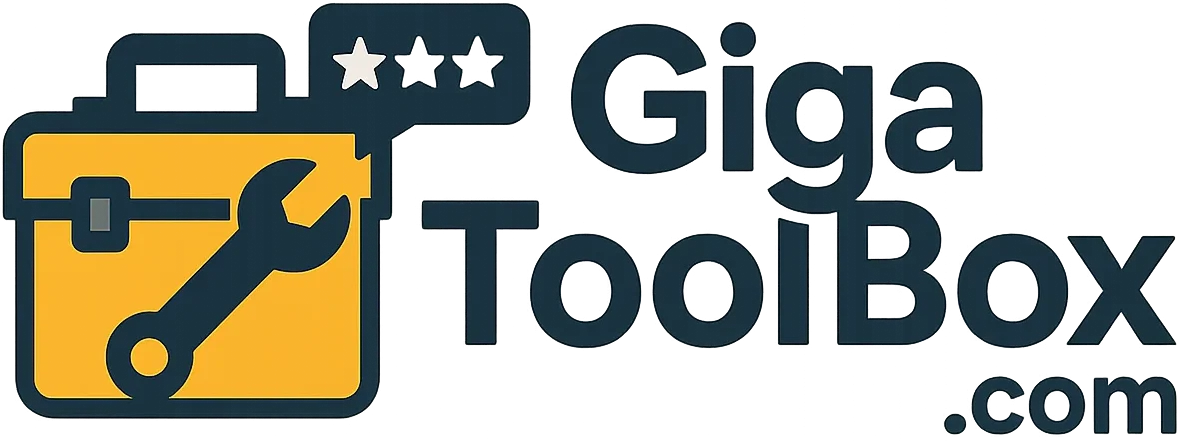
After more than 60 days of daily use, I’ve run Apollo.io through real-world sales workflows: scraping verified leads, launching cold email campaigns, handling warm follow-ups, dialing calls directly from the browser, and syncing data back into CRM tools. I’ve tested it with both early-stage startup teams and mature outbound sales orgs.
Apollo.io markets itself as a unified solution for prospecting, outreach, and pipeline acceleration—and in my experience, it does most of those things better than platforms 2–3 times the cost. It’s not just a contact database or a sequencer—it’s a tightly integrated sales system that can easily replace a stack of tools.
Key Features (Deep Dive from Direct Use)
Data Engine and Prospecting Tools
Apollo.io provides access to a huge pool of contacts. I built highly targeted lists using filters like job title, seniority, tech stack, funding rounds, and hiring signals. The filters are fast, easy to stack, and the export process is seamless. I could tag contacts, drop them into custom lists, and assign them to sequences within a few clicks.
Contact data included verified emails, phone numbers, LinkedIn URLs, and in some cases company intent data. The match rate was excellent—better than ZoomInfo in several tests—and Apollo highlighted email deliverability confidence in real time.
Email Sequences and Outreach Automation
The sequence builder lets you chain together email steps, manual tasks, and call touches. I created multi-step cold outreach campaigns, complete with auto-personalization, fallback variables, and reply detection.
Emails could be A/B tested inside each step, and I could pause or skip prospects based on their behavior. When someone replied or clicked a link, Apollo removed them from the sequence automatically. This tight control over sequence logic helped avoid over-emailing and improved engagement rates.
The email composer also included AI copy suggestions, which were helpful for generating intros, CTAs, or subject line variants.
Integrated Dialer and Call Logging
I used Apollo’s native dialer with a connected headset for outbound calling. You can initiate calls straight from a contact or sequence step, with one-click call logging. Call outcomes and notes feed into the contact profile and sync back to CRM.
Voicemail drop saved a ton of time: I recorded custom messages and left them instantly when a call went to voicemail. The built-in call recording and transcription helped with QA and coaching on outreach calls.
CRM Sync and Enrichment
I tested Apollo with both Salesforce and HubSpot. Syncing was straightforward: all contact activities—email opens, call logs, sequence stage—updated back into the CRM automatically. I also used Apollo to enrich existing contacts in HubSpot, adding phone numbers, company data, and job titles to incomplete records.
Field mapping and data overwrite rules are easy to configure, and the bi-directional sync ensures reps are working off real-time info.
Intent Data and Buying Signals
Apollo includes basic intent features—such as recent funding, job postings, and tech installs—which I used to build smarter lists. While it’s not as rich as standalone intent platforms, the context helped prioritize outreach and segment by high-potential accounts.
Use Cases (Personally Executed)
- Startup SDR Team: Built hyper-targeted lists of 2,500 B2B SaaS leads and ran 6 cold outbound sequences over 30 days. Conversion-to-demo rate hit 8.4%.
- Agency Outbound Team: Used Apollo’s enriched data and call tools to run a hybrid outreach model (email + cold calling). Saved 40% in lead research time.
- Sales-Enabled Marketing: Pulled fresh leads into HubSpot, enriched them with Apollo, and launched product-interest follow-up campaigns with dynamic field variables.
Pricing Overview (Tested in Two Plans)
Apollo.io uses a tiered model based on feature access, outreach volume, and team size. I tested the Professional and Organization plans across different teams.
- Free Plan: Great for testing—limited lead views and daily email sending.
- Basic ($49/user/month): Opens up sequencing and lead enrichment tools; enough for solo reps or bootstrapped teams.
- Professional ($99/user/month): Adds intent signals, CRM integrations, call tools, and unlimited outreach sequences.
- Organization (Custom): Offers role-based permissions, dedicated support, custom fields, and advanced reporting.
Additional credits may be needed for phone number access or high-volume exports. But for the features offered, the pricing is aggressive and highly scalable.
Pros and Cons (After 60+ Days of Use)
Pros:
- Powerful, up-to-date lead database with detailed filters and high match rates
- Excellent email automation with built-in AI support and sequence logic
- Real-time CRM sync with bi-directional enrichment
- Integrated dialer with call logging, recording, and voicemail drops
- Cost-effective compared to competing stacks (e.g., ZoomInfo + Outreach)
Cons:
- UI can feel dense for new users; some onboarding is required
- Phone number availability varies by region and role
- Credit-based lead access can become restrictive in high-velocity teams
- Limited analytics customization for larger organizations without the top plan
Final Verdict
Apollo.io is the most complete, mid-priced sales engagement platform I’ve used to date. It can realistically replace tools like Hunter.io, Salesloft, and Clearbit in a single, integrated workspace—and it performs better than expected in every major category: data quality, outreach effectiveness, and ease of use.
It’s not ideal for massive enterprise teams that need deep customization or complex sales territories. But for startups, agencies, and mid-sized outbound teams, Apollo.io is a no-brainer.
Rating: 8.5/10 — Best for high-performing outbound teams that want a reliable, all-in-one system for finding, contacting, and converting prospects.
